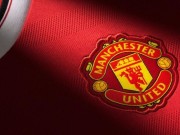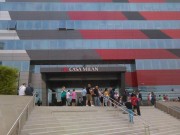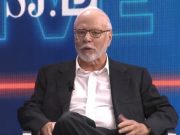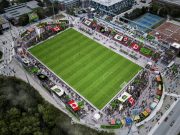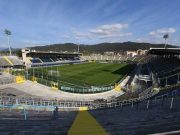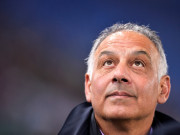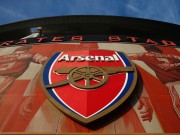When people talk about the arrival of Sheikh Mansour at Manchester City in 2008, they normally emphasize the transfer fees spent on players, rising salaries, and the perceived lack of punishment at their violation of Financial Fair Play rules.
This last point can be swiftly dismissed given that Manchester City – together with PSG, who were bought out by a group of Qatari investors in 2010 – are the club who have received the heftiest fine from UEFA to date, showing that the rules have been, are, and will be respected. As for the other two points, it’s prudent to look at things from a wider perspective to understand the financial commitments and consequences of running a giant club like Manchester City.
The first and most important point regards the increase in the club’s revenue. This is something we have already analyzed in great detail, so we will limit ourselves here to recapitulating the key figures in the graphic below.

The second aspect, which has received much less attention, regards the repercussions of the club’s investments in the local area. First of all, the Academy. This investment arrived after the club moved away from Platt Lane, a sports complex in the district of Fallowfield; it is now the base of the Manchester branch of the Football Association, among others, and is mainly used by local sports clubs. It was in December 2014 (six years after the Abu Dhabi group invested in the club) when Manchester City inaugurated their new Academy, covering around 33 hectares of reclaimed and completely redeveloped land, and which is now one of the most modern sports complexes in the world. The investment is estimated to have cost £200 million.
The club drew up a total of 883 contracts with local companies who supply various day to day services, and it is estimated that 80% of the total investment and operating costs for the project have filtered back into the northwest of England, i.e. the region of Greater Manchester (the area around the city of Manchester) and neighbouring regions.
Later in June 2014, the club announced a plan for £1 billion to be invested in the area around the Etihad Stadium and in Ancoats, an industrial district where there used to be a lot of cotton mills, and which was known as the Little Italy of Manchester prior to World War 2. In addition to their residential plans for 6,000 new houses, the Abu Dhabi United Group has also promised to build healthcare facilities and schools. The biggest of these will cover a completely redeveloped area of around 22 hectares.

Currently, City – who make their own facilities available to local colleges and disabled sports teams for 29 hours a week – also have an education plan for their players.
First of all, it should be noted that 34% of the Academy is made up of people who live in Manchester, 31% in Greater Manchester, and 34% who come from abroad.
This is testament to the club keeping their roots in the community, which is often overshadowed by the fact that people most often talk about the promising foreign players that the club bring in.
In total, the club train 450 players every week from the Under 6 side to the Elite Development Squad (as the ‘Primavera’ are called in England).
Of these players, around 100 are given the opportunity to study thanks to Manchester City, and following the latest set of exams they had a 73% pass rate, with marks around 5% above the national average.
Ultimately, while the major topic of discussion will always be the players’ wages, there shouldn’t be any doubt in the fact that if there is a functioning politico-administrative foundation in place, and if the investors are inspired to achieve long term commitments, this can lead to a successful working relationship and bring opportunities not just for the players in the squad but for the whole community.


